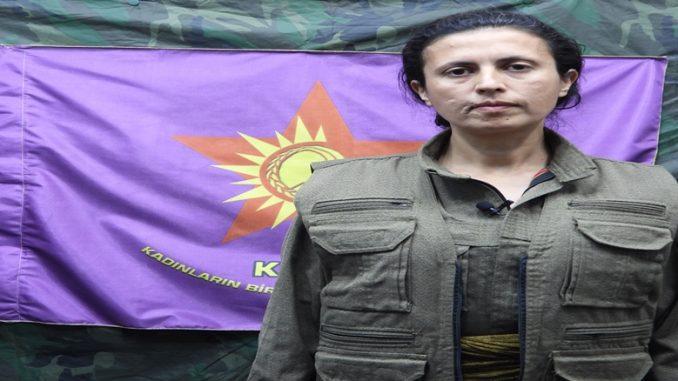
Mahir, Denizler and İbrahim Kaypakkaya, who played the icebreaker role of the long-term politics of silence created by the colonialist fascist Turkish bourgeois state, which tried to prevent revolutionary uprisings, popular uprisings and serhildans with massacres, succeeded in representing the revolutionary exit and the line of rupture of the period.
TKP has succeeded in becoming a symbol of the revolutionary uprising against revisionism, parliamentarism, reformist mode of struggle or spontaneous development, and paving the way with revolutionary leadership and leadership 71 Revolutionary leaders. Many pioneering revolutionary cadres and the workers, toiling peoples and women of Turkey and Kurdistan who acted together with them revealed the ferment of the revolutionary movement that actually developed in the period.
As we know, in the action they carried out to prevent the execution of Deniz Gezmiş, the THKP-C and THKO militants fought shoulder to shoulder in Kızıldere and revealed a revolutionary sacrifice generation. In order to avenge Sinan Cemgil and his comrades, to avenge the Nurhak Martyrs, he put himself forward and expressed his own revolutionary line from the act of demanding accountability. In other words, the revolutionary leaders of that period are examples of today‘s revolutionaries both in terms of the level of revolutionary leadership and in terms of the level of accountability, in terms of a modest revolutionary line.
Comrade İbrahim Kaypakkaya represented a line of rupture both in practical and theoretical aspects. The CHP, that is, a break with Kemalism, represented a line of rupture with bourgeois politics. It has revealed a theoretical perspective that exposes Kemalism and examines the connection and relationship of Kemalism to the Turkish fascist dictatorship. At that time, he defended the line of self-determination of the Kurdish national movement against the yoke of the colonialist fascist Turkish bourgeois state. It has embraced the Kurdish national liberation struggle and the freedom struggle of other communities. And on this basis, he put forward a theoretical and political line of vision. Therefore, Comrade İbrahim Kaypakkaya represented both the line of a high revolutionary romanticism, a high revolutionary comradeship, sacrifice and devotion, as well as the effort to respond to the theoretical problems and political problems of that period with a revolutionary action.
Today, as the executives of the revolution in Turkey and Kurdistan, as its revolutionary cadres, yes, we still see İbrahim Kaypakkaya‘s revolutionism as a contemporary revolutionism. We take İbrahim Kaypakkaya‘s revolutionism alive today, his line of accountability, his enthusiastic, enthusiastic and modest line of revolutionism, and his revolutionary curiosity that deals with theoretical and political problems as an example today.
Keeping İbrahim Kaypakkaya alive means bringing victory to our struggle for the United Revolution of Turkey and Kurdistan. Today it means establishing a much stronger relationship with revolutionary politics, with revolutionary tactics. We know that our united revolutionary struggle and its revolutionary comradeship are only possible today with a political revolutionism that will lead to the destruction of fascism and colonialism, male domination, capitalism and the imperialist system. For this reason, as the Women‘s United Revolutionary Movement, we express once again our eternal gratitude and commitment to Comrade İbrahim Kaypakkaya and that we will be the continuation of his line.
Long live the United Revolutionary Movement of the Peoples and the United Revolutionary Movement of Women!
Down with fascism, colonialism, long live revolution, socialism, communism!